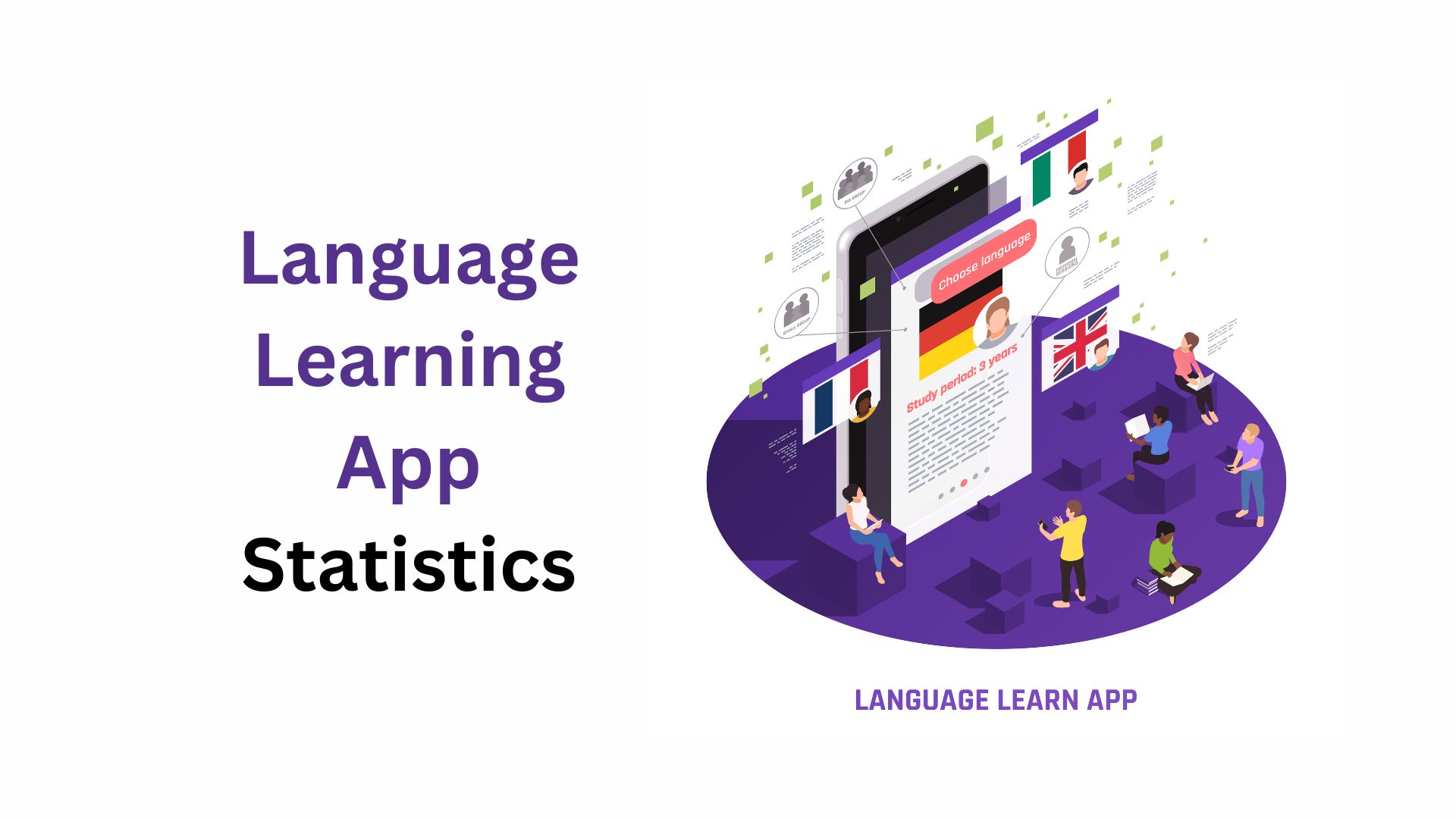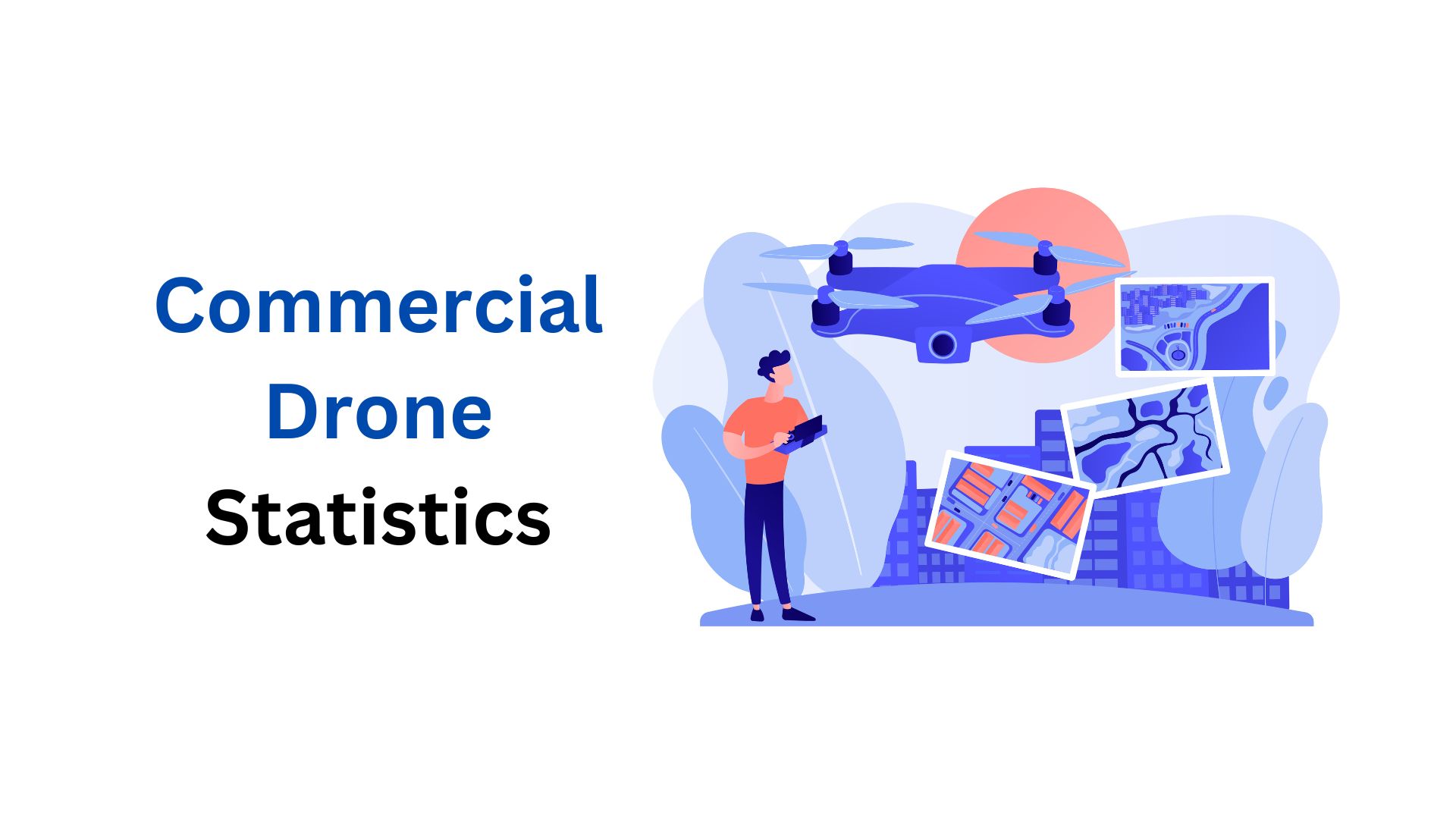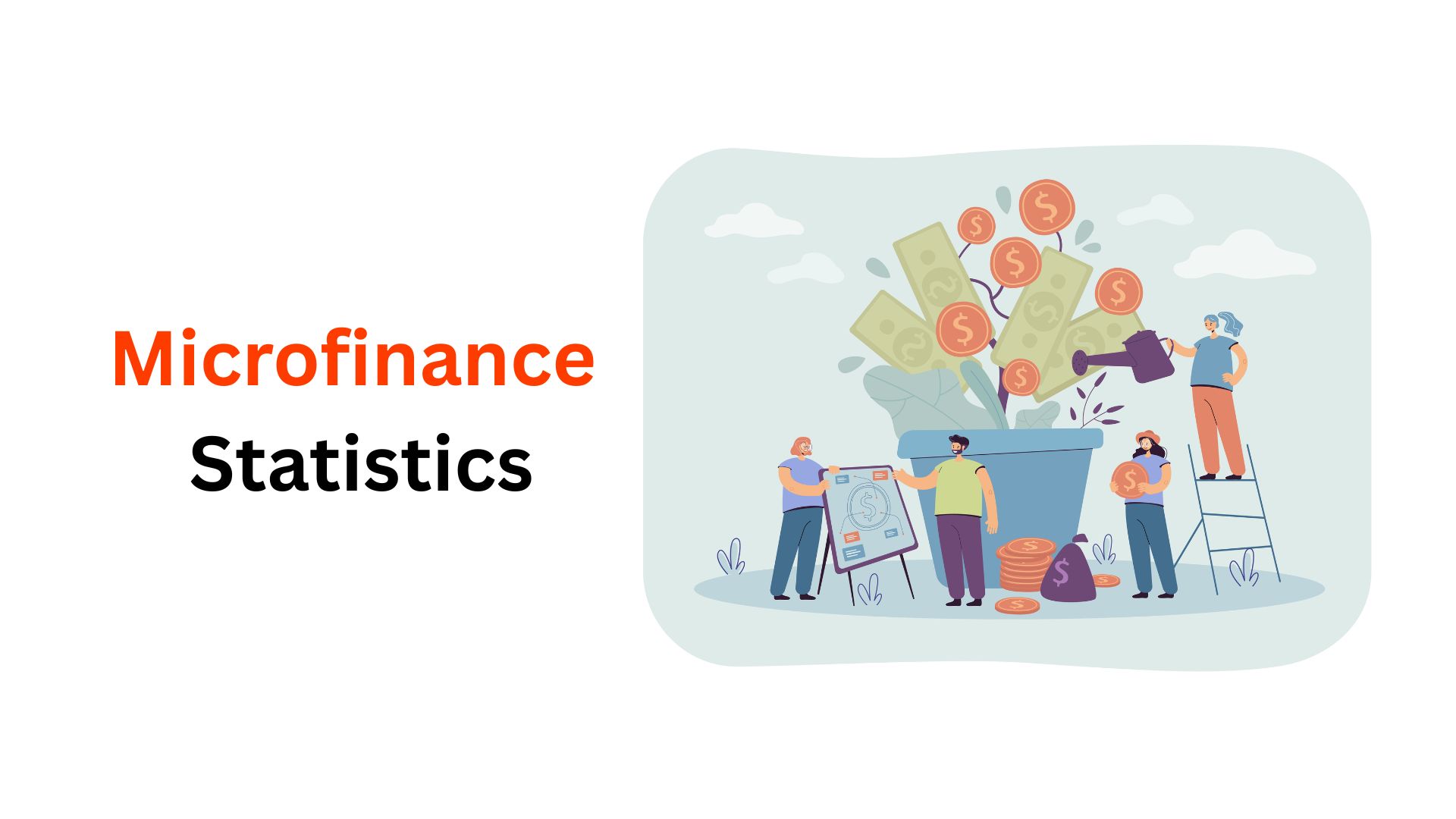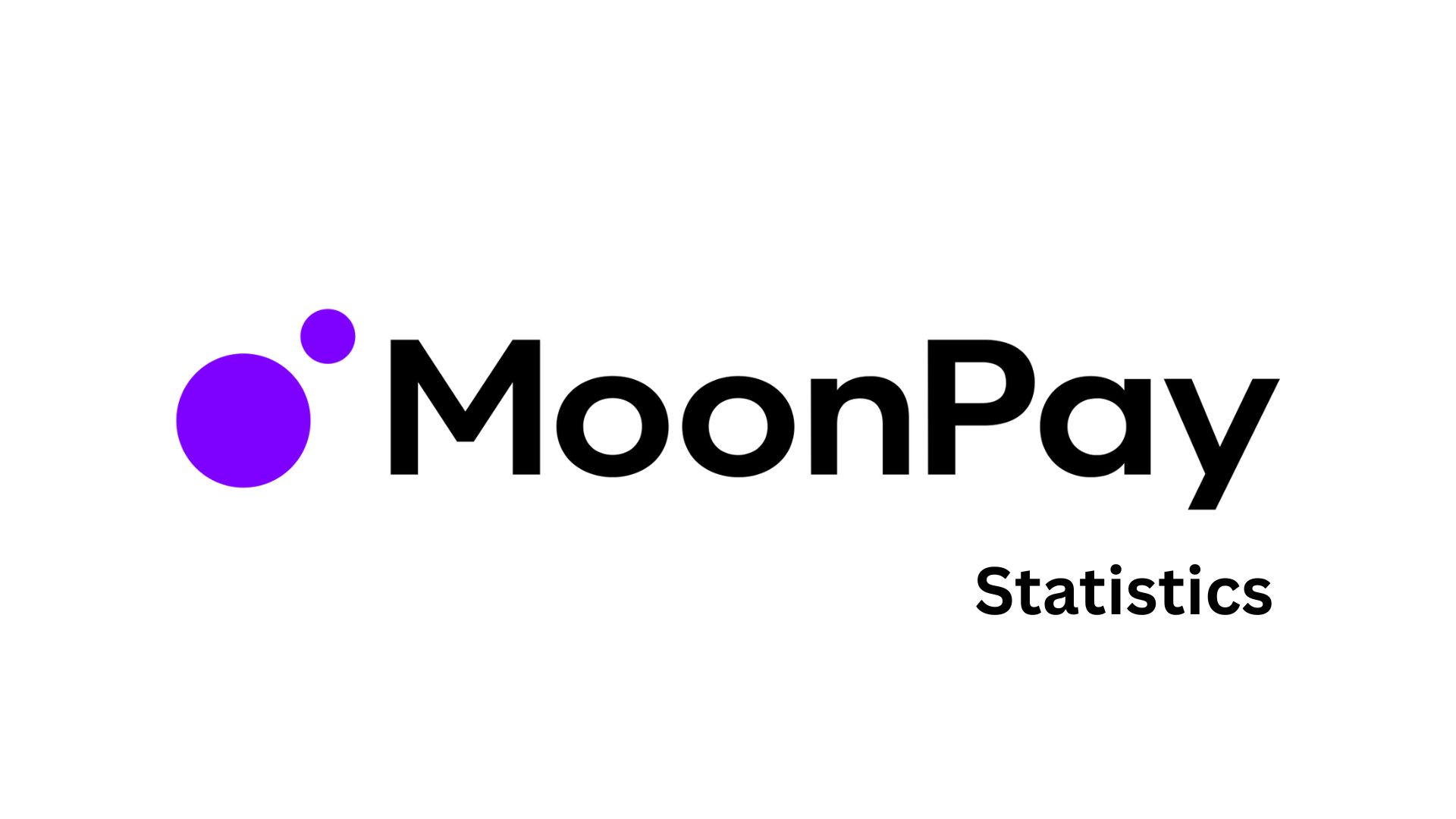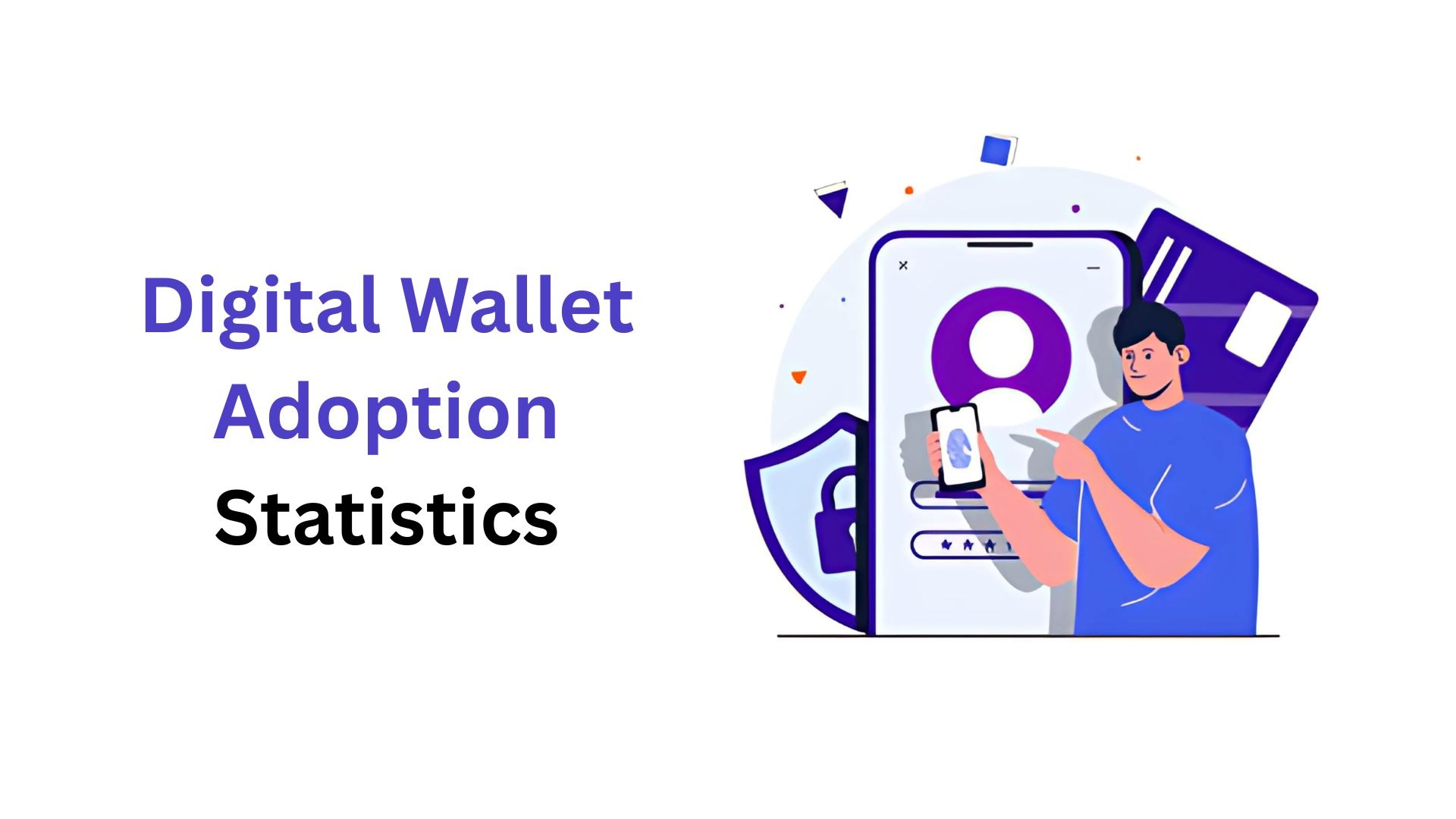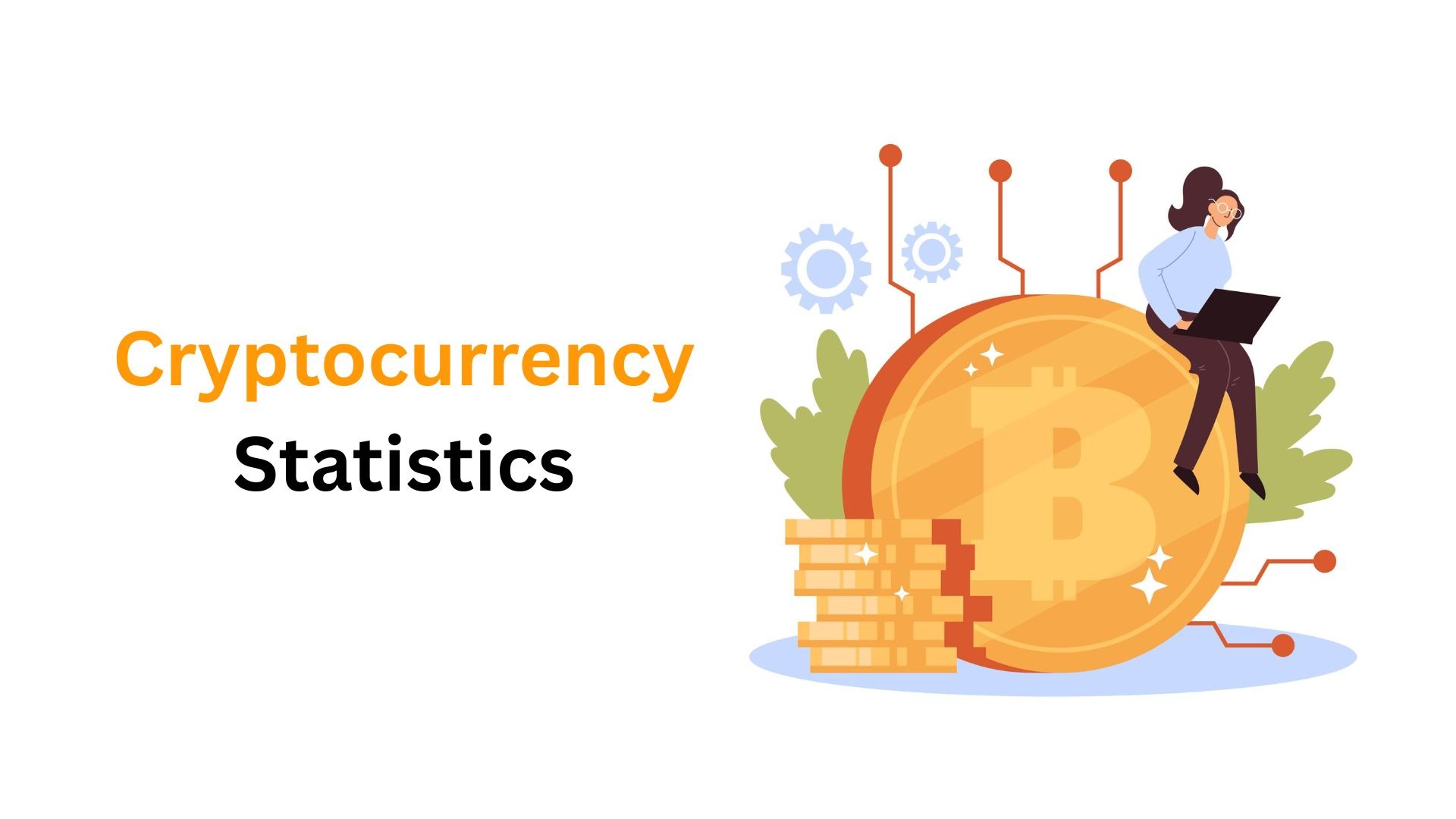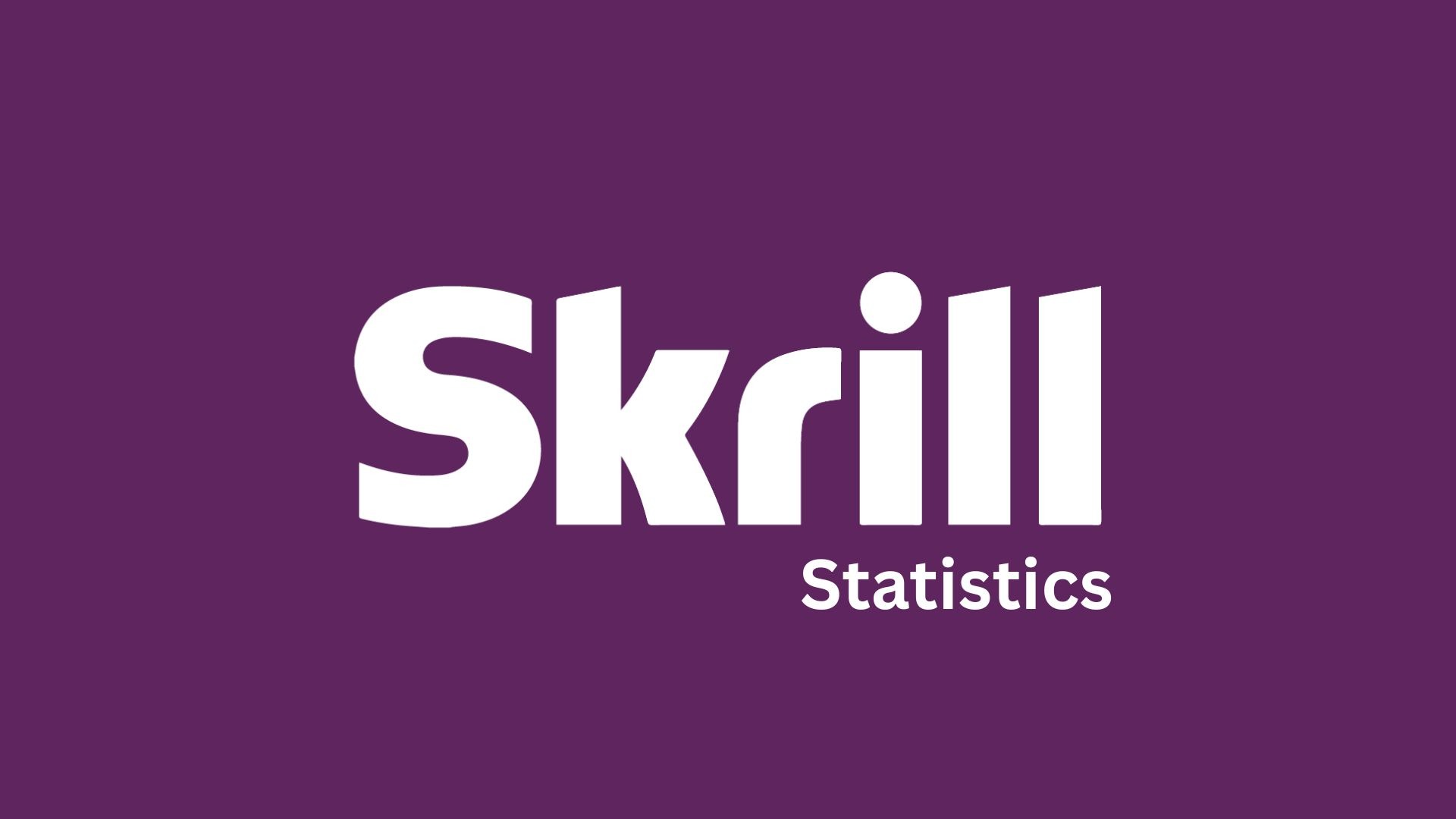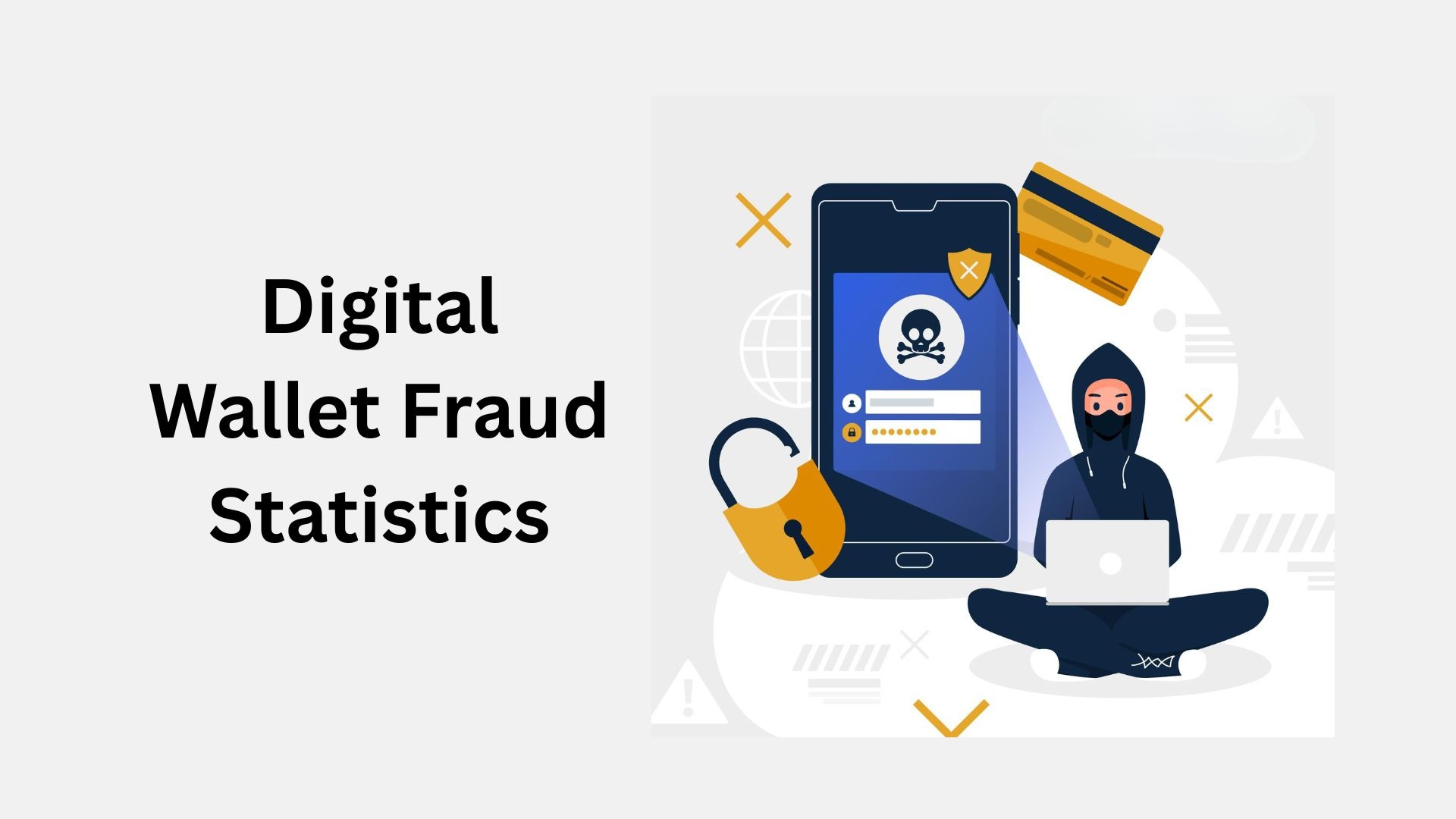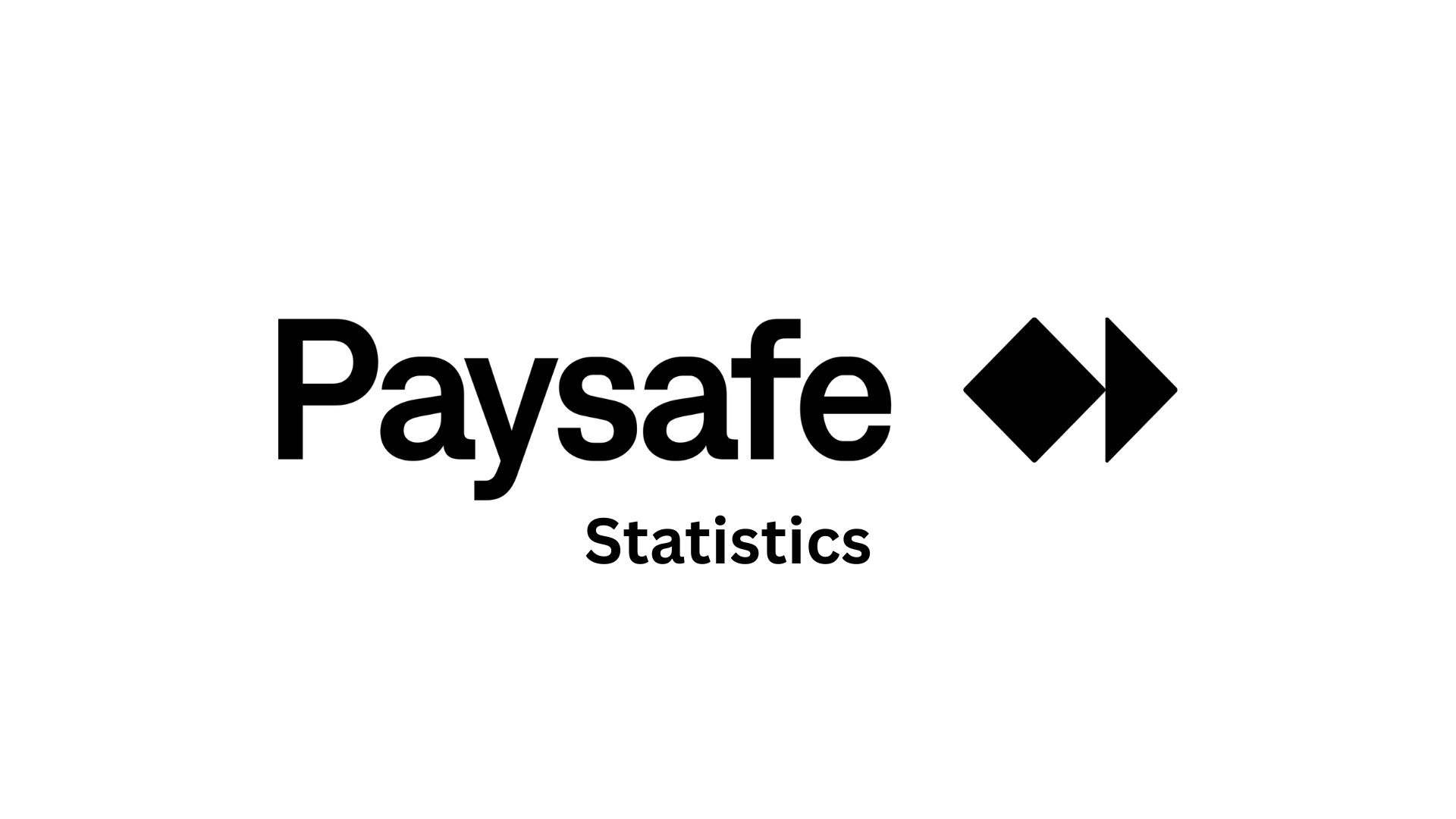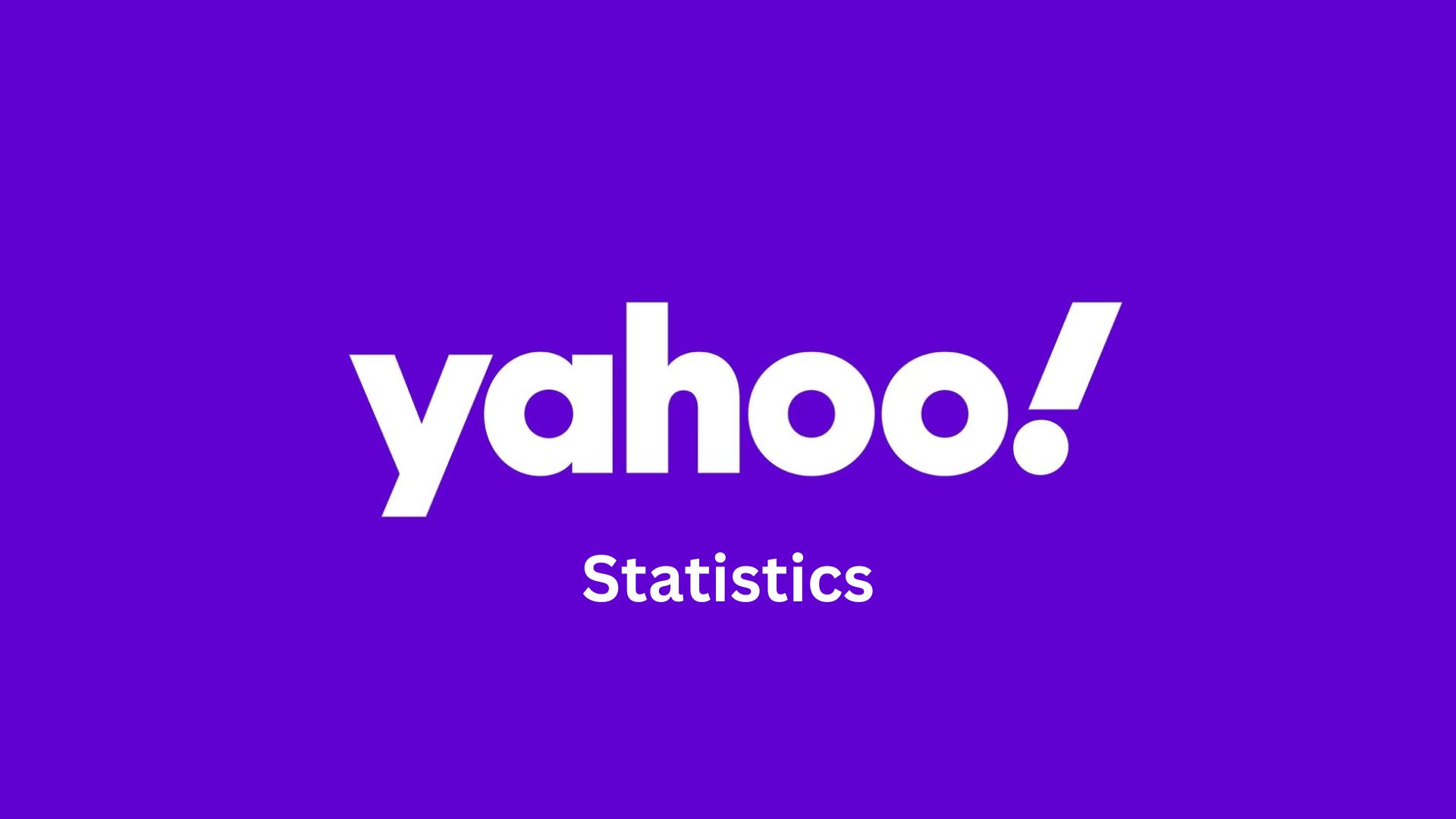Personalization Statistics By Strategies, B2B, E-commerce, AI and Predictive, Marketing, and Facts (2025)
Updated · Oct 08, 2025
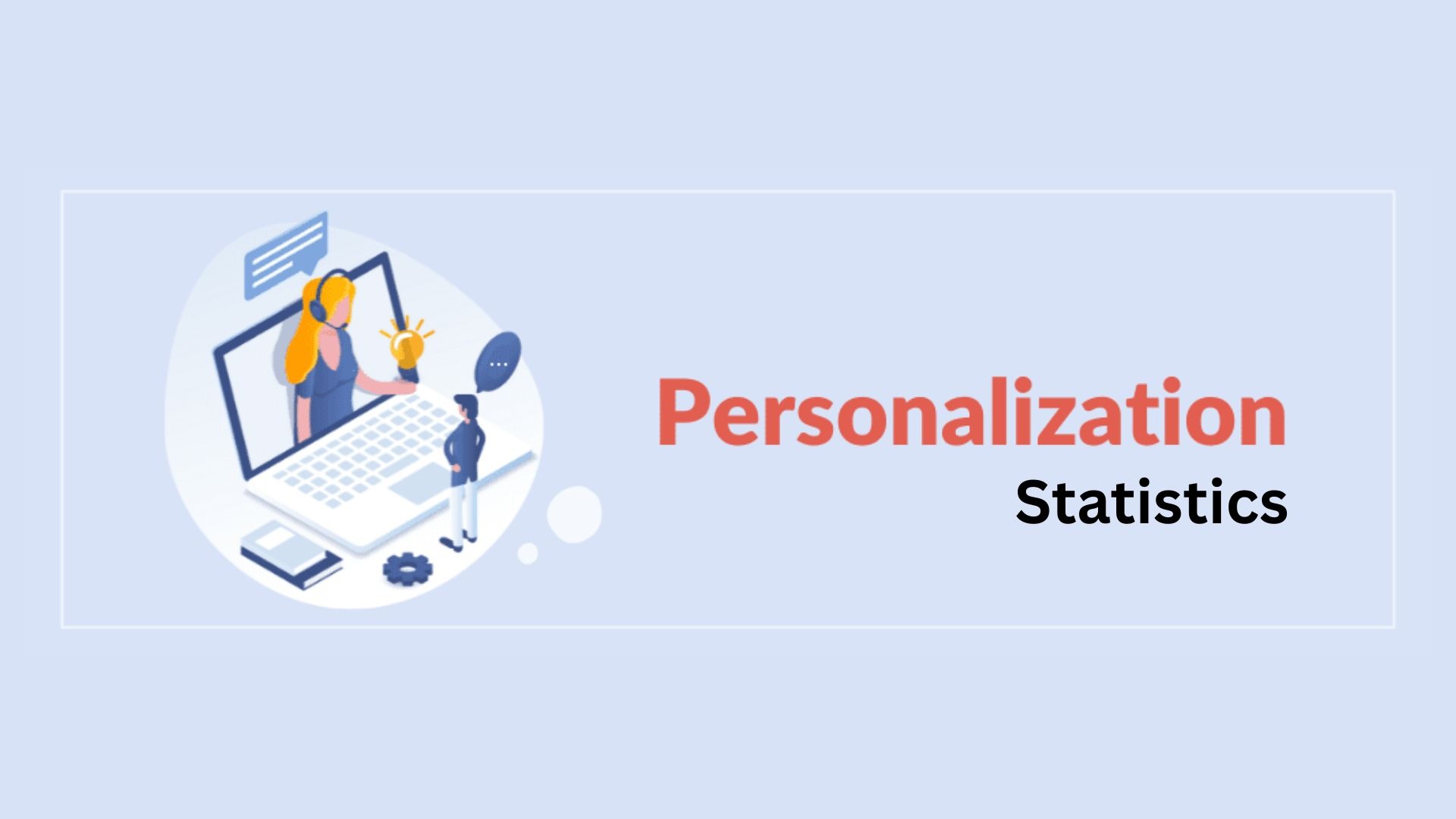
Table of Contents
- Introduction
- Editor’s Choice
- Interpretation of Personalization By Customers
- Top Hyper – Personalisation Advertising Statistics
- Investment And Market Growth For Personalization
- Marketing Personalization Statistics
- Personalization Strategies Statistics
- Personalization Statistics For Retail
- AI and Predictive Personalization Statistics
- B2B Personalization Statistics
- E-commerce Personalization Statistics
- Conclusion
Introduction
Personalization statistics are about how consumers perceive tailored experiences and shape business performance. This post assembles some of the latest trends from surveys of real customers and businesses on personalization tools, strategies, and implementation. At a time of modern marketing when inboxes are flooded and social feeds are endless, customers crave content that seems made just for them.
In return, it helps marketers stand noticed. And effectiveness is clear since a survey from Statista found 95% of senior marketers attest their personalization strategies as being successful. A few key insights for personalization statistics are brought here for the business community to stay ahead in 2025.
Editor’s Choice
- 80% of consumers stated they would be buyers from brands that provide a personalized experience.
- 92% of marketers acknowledge that personalization has had a significant improvement in conversion rates.
- 74% of consumers get irritated when websites do not show personalized content.
- 86% of consumers agreed that personalization strongly influences whether they decide to buy the product.
- These personalized product recommendations contribute the highest at 31% to e-commerce revenues.
- 73% of customers feel personalization should get better as technology advances.
- 70% of retailers who have put money into personalization have gotten an ROI in excess of 400%.
- Online retailers, 98% of the time, say that personalization increases average order value.
- 202% is by how much personalized CTAs outperform generic ones.
- 92% of businesses today employ some form of AI to fuel their personalization strategies.
- Personalized product suggestions have always been instrumental in swaying 92% of consumers into making purchases.
- If consumers do not receive product recommendations elsewhere that are relevant to them, 47% will shift to Amazon.
- More than 63% of the B2B’s are spending more on better experiences, while 40% say that personalization continues to remain the biggest challenge.
Interpretation of Personalization By Customers
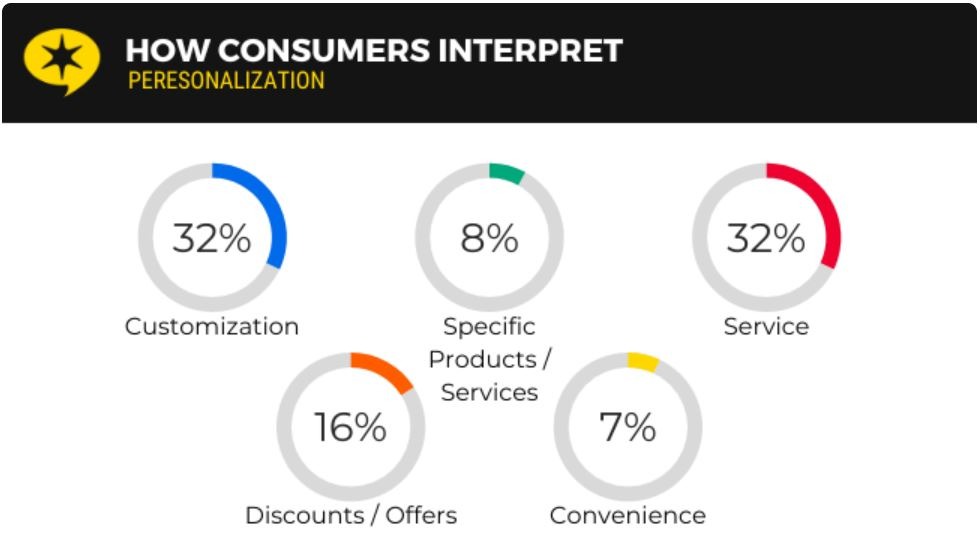
(Source: bloggingwizard.com)
- As per Blogging Wizard, personalization statistics show that, in fact, reported by surveys report that 32% of customers associate personalization with customization, which means they prefer experiences wherein they can modify or tailor a product or service to meet their own needs and preferences.
- Another 32% interpret personalization as a service that focuses on how attentive, helpful, and responsive a brand is in dealings with them.
- According to 16% of consumers, personalization equals discounts and offers, meaning timely, relevant deals or promotions make an experience feel tailored.
- On the other hand, 8% of respondents relate personalization to particular products and services, such as being recommended something that fits their interests or that they have searched for or purchased in the past.
- 7% perceive personalization as convenience, where seamless, hassle-free interactions indicate that a brand “gets” them and responds accordingly.
- This breakdown clarifies that personalization is interpreted in various ways: one of them is not just about data-driven targeting, but also about the broader customer experience.
Top Hyper – Personalisation Advertising Statistics
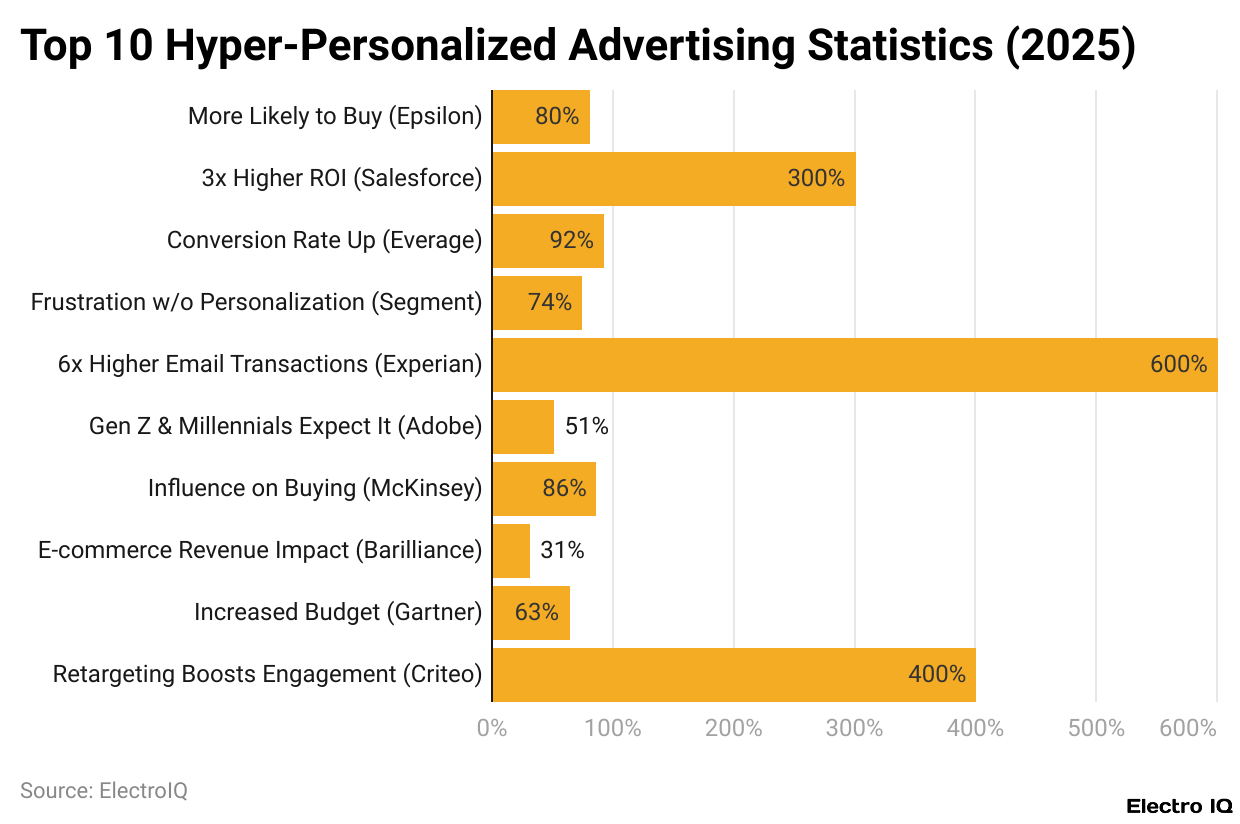
(Reference: amraandelma.com)
- Research has consistently proven the power of personalization for consumers and businesses.
- 80% of consumers will be more likely to purchase from a brand in case it offers them personalized experiences (Epsilon), indicating how much tailored interactions influence decision-making on purchases.
- Salesforce reveals that personalized ads actually bring in 3 times more ROI than their non-personalized counterparts, which means that not only are targeted campaigns more engaging, but they are also cost-effective.
- Nine of ten marketers say personalization has substantially improved their conversion rates (Evergage), pinpointing an exact link to performance metrics.
- The downside is when personalization is missing, frustration sets in.
- Segment shows that 74% of consumers feel annoyed when website content isn’t personalized for them, a situation in which generic experiences may go against the brand.
- Conversely, Experian reports hyper-per sonalized emails generate transaction rates six times higher than generic ones; so much for precision not paying off in customer engagement.
- Expectations are also shifting with generation-51% of Gen Z and Millennials consider that a brand ought to anticipate what they might want before they even ask for it, which is an evident uprising in the standard of younger shoppers-Adobe.
- It also influences what people end up buying. According to McKinsey, 86% of consumers say it affects their purchasing decisions, while Barilliance awaits with numbers to prove that personalized product recommendations currently generate 31% of e-commerce revenue, highlighting the importance of product recommendations in selling online.
- Going forward, Gartner found that 63% of marketers plan to increase budgets for hyper-personalization in 2025, which means that businesses are doubling down on the strategy.
- Lastly, Criteo data shows retargeted personalized ads that can increase engagement by 400%, reminding us that personalization doesn’t just get attention once — it keeps customers returning.
Investment And Market Growth For Personalization
- The personalization and customer experience software industry is witnessing rapid expansion; Statista estimates it will go from US$7.6 billion in 2021 to US$11.6 billion in 2026.
- This is the growth in the marketplace, reflecting how important personalization has become for companies in this crowded marketplace.
- Corroborating this trend, Comviva reveals that marketers now allocate approximately 40% of their budgets to personalization, almost twice the 22% recorded in 2023, thus illustrating the rapid shift in spending emphasis.
- However, there remain tough situations — 43% of respondents state that budgets and resources to execute present the single largest barrier to delivering an efficient personalization effort, according to Statista.
- On the customer side, while expectations are rising in parallel, Salesforce further states that 73% of customers expect improved personalization as working processes evolve in accordance with advancing technology, meaning that the evolution of brands needs to keep moving to meet demand.
Marketing Personalization Statistics
- Personalization evidently is a mainstream priority among all businesses.
- With respect to Forrester, almost 90% of those who work in the online business arena are already doing something with personalization, which means that only a few under 10% remain to adopt it fully.
- Statista has said that 60% of marketers feel their digital content is being extensively or very extensively personalized, with 40% admitting that it is still an ongoing work.
- According to SmarterHQ, 51% of marketers state that personalization is his or her number one marketing priority, while many more are striving for better behavioural messaging to interact with customers deeper.
- The retail industry is probably at the forefront, with SmarterHQ pointing out that 79% of retail businesses are investing in personalization technologies, probably because personalization affects their sales and customer loyalty.
- 88% of marketers say their main goal with personalization is to improve the customer experience (Evergage), thus reinforcing the idea that personalization is just not about transactions but about creating stronger and lasting associations with customers.
Personalization Strategies Statistics
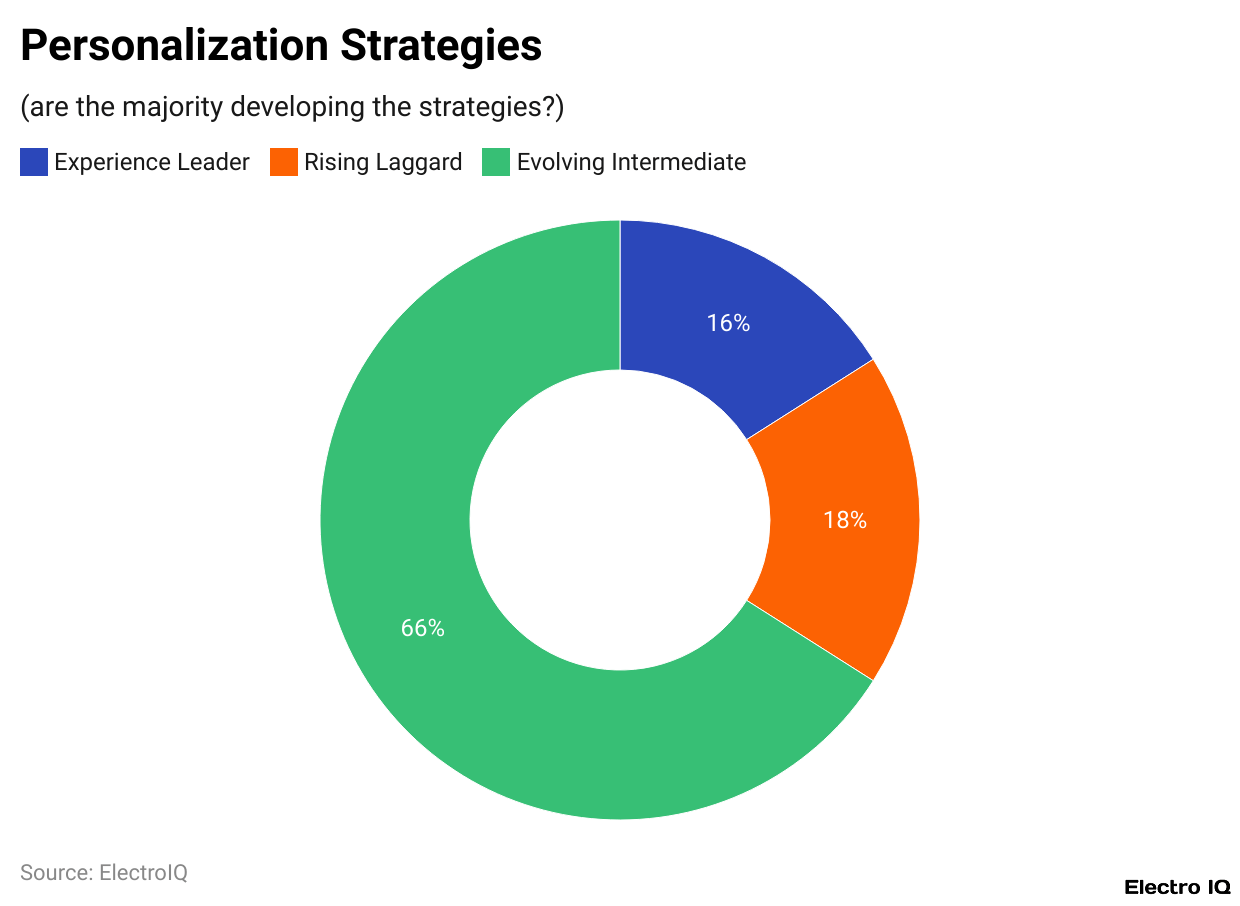
(Reference: adamconnell.com)
- When we take a look at how companies operationalize personalization, Adobe found that only 18% claim to have highly mature approaches.
- About 16% of those are “experience leaders,” who are up to three times more likely to personalize several stages in their customer journey, and of which 75% have a dedicated COE for personalization.
- “Rising laggards” identify 18% of these companies with the most immature strategy, while the majority of 66% belong to the “evolving intermediates”, which means most companies are in between being fully mature in developing personalization strategies.
- HubSpot discovered that personalized CTA convert more than 200% as opposed to generic ones, proving that even a very small tweaking can go a long way in enhancing performance outcomes.
- On the customer side, the expectations are pretty clear — Salesforce reports that 70% of customers consider it essential for a business to understand their buying intent.
- This insists on businesses and practices to begin by knowing what customers want, not working with superficial personalization.
- It has been exhibited that 92% of organizations deploy AI to power their personalization these days.
- They are substituting advanced SaaS tools for manual systems that can recommend content and journeys on a mass basis.
- This further promotes how manual personalization is nowadays transitioning into AI systems that can perform genuine one-to-one transactions.
Personalization Statistics For Retail
- Outside of CD-TM, personalization is deeply entrenched in retail, especially eCommerce.
- Personalization programs are run by 74% of e-commerce companies to tailor website content, recommendations, and layouts to a common shopper behaviour.
- A majority of B2B retailers (57%) use behavioural data to personalize marketing emails, merchandising, and other communications in a renewed relevance.
- The consumers themselves have lost their patience with poor experiences — 91% claim they will never patronise the online retailer again after a bad interaction, putting the stakes very high indeed.
- Financials show some promising numbers at 70% of the retailers that invested in personalization reporting at least a 400% return on investment, and 98% reporting better average order numbers with personalization compromised.
- According to global research, 80% of business leaders agree that personalized experiences drive spending — making personalization a revenue generator rather than a “nice-to-have.”
- But, still, there are challenges — 33% of retailers indicate lack of personalization optimization on their e-commerce sites as the greatest hurdle for loyalty, and 44% indicate website personalization tools as key to retention.
- On the client side, 56% of online shoppers feel more encouraged to pull up sites that offer them product recommendations, while 65% end up staying loyal to brands when their experiences are personalized.
AI and Predictive Personalization Statistics
- Artificial intelligence is playing an increasingly important role in personalization.
- In fact, about 73% of business leaders agree that AI will fundamentally change personalization strategies, and about 92% of businesses are already using AI-driven personalization to capitalize on its opportunity for growth.
- Nonetheless, adoption is not yet universal: only 17% of marketing executives use AI and machine learning extensively, whereas 84% still believe in their potential.
- On the other hand, customers seem to have been less resistant than expected, with only 24% expressing concerns about AI-driven personalization.
- In general, results speak louder. For instance, personalized CTAs convert at least 202% better than generic CTAs, and about 69% of businesses are willing to enlarge their investments in personalization in limited economic conditions.
- From the perspective of the consumer’s side, 52% say satisfaction increases if experiences are personalized, whereas 80% of businesses report that customer spending increases by an average of 38% when personalized.
- Even marketing efforts seem to profit from personalization, since 65% of marketers say segmented emails get better open rates, and 60% of shoppers say a personalized shopping experience increases their likelihood of becoming repeat buyers.
B2B Personalization Statistics
| Type of data collected by the B2B companies |
Share Of Consumers
|
| We collect behavioral data and transactional data | 72% |
| Use collected data for personalization | 68% |
| Unify data collected from multiple systems to boost personalization | 67% |
| Analyze and gain actionable data from collected insights | 61% |
| Have leveraged backend systems to drive deeper into personalization. | 58% |
| Use data collected to drive personalization on other systems | 57% |
(Source: demandsage.com)
- At the B2B startup, personalization is also gaining a foothold, with most companies coming to recognize the importance of data.
- Adobe reports that 72% of B2B companies collect behavioural and transaction data to personalize the consumer experience, and 68% actively utilize this data on their websites.
- Beyond actual collection of data, 67% of companies are unifying data from multiple systems, 61% analyze this data to come up with actionable insights, 58% use backend systems to facilitate deeper personalization, and 57% use the data in other systems to create consistent experiences.
- Hence, B2B personalization strategies are not just focused on collecting; these companies want to integrate and activate the information in a meaningful manner.
- In terms of tactics, personalization of site search results was seen as the most crucial among respondents, with 58% of B2B companies claiming to give top priority to it.
- Next are personalization of payment and shipping options (56%) to enhance convenience, followed by personalized product suggestions (48%), used to help customers find suitable solutions.
- Other options used by 48% of respondents involve marketing site content or promotions to particular consumer segments, as well as personalized marketing via ads, emails, SMS, and mobile notifications.
- These events illustrate that B2B personalization stretches beyond mere product pitches into every phase of the buying journey.
- 63% of B2B commerce companies put their resources toward improving the user experience, although there are still challenges to overcome- 40% of these companies admit that the actual implementation of personalization is still a huge barrier.
- Implying that while intent and investment are there, for many a B2B, it is the implementation that proves really complex.
E-commerce Personalization Statistics
- Putting it simply, e-commerce personalization is all about sales, retention, and loyalty on the customer side.
- From Instapage’s study, 92% of customers were influenced to purchase when they saw product recommendations personalized for them in their shopping cart.
- The power of customization! That said, the recommendations work not just for impulse-buying but also for retention of customers.
- Invesp states that 56% of online buyers are more inclined to return to a site that provides product suggestions.
- Whereas 44% of customers who obtain a personalized shopping experience state that they would be returning buyers, thus obviously translating into revenues over time.
- Competition also comes into play here. SmarterHQ highlights that 47% of consumers would simply default to Amazon if an alternate retailer didn’t provide relevant product suggestions, proving personalization as a win-or-lose game.
- Apart from this metal-spring fight, expectations still have not yet been fulfilled, and 31% of consumers still want their shopping experience to be far more personalized, Instapage says.
- The above illustrates the existing gap that, while personalization is relatively common in today’s marketing mix, there is still a great deal of untapped potential for its implementation in e-commerce strategies.
Conclusion
Personalization Statistics: By 2025, personalization will become a key element influencing customer behaviour, loyalty, and revenue in marketing, e-commerce, and the B2B world. Personalized experiences are expected by consumers, from recommendations on products to predictive interactions using AI, and brands that manage to create such experiences see the highest consumer engagement, conversions, and ROI. While achieving widespread adoption, challenges remain with carrying out mature personalization strategies and the effective merging of AI. The statistics clearly indicate that personalization can be a powerful agent of change when carried out successfully; it caters to consumer expectations and adequately provides measurable growth on the business side, thus becoming a core investment moving forward.
Sources
FAQ.
It means engagement and conversions: customer loyalty remains all-important in such a scenario. In surveys, when asked whether they were more likely to buy from brands that offered personalized experiences, 80% of consumers said yes. Also, 31% of USD 40 billion generated from e-commerce sales in 2015 came through personalized product recommendations.
Consumers have different interpretations for personalization: 32% value customization, 32% value service, 16% prioritize discounts and offers, 8% valorize a particular product or service, and 7% value convenience. Remember, it means product relevance and customer experience.
Personalization has made AI its home away from home. 92% of companies now employ AI to automate content generation, recommendations, and customer journeys. Simultaneously, 73% of leaders see AI as laying at the foundation for a renaissance in personalization: AI drives real-time, one-to-one experiences at scale, ramping both engagement and revenue.
92% of consumers will be nudged toward buying with personalized cart recommendations, 56% will look to sites from which product suggestions are made, and 44% of personalization shoppers become repeat buyers. Personalized CTAs give 202% better conversion than generic ones, so there is an indicative ROI.
While adoption is pretty high, about 40% of B2B firms and 43% of marketers in general cite resource, budget, and execution challenges. Many companies come up against roadblocks setting up data unification across systems, using AI to its fullest, and setting up site optimization for personalization, laying the road for structured strategies and high-grade tools.

I hold an MBA in Finance and Marketing, bringing a unique blend of business acumen and creative communication skills. With experience as a content in crafting statistical and research-backed content across multiple domains, including education, technology, product reviews, and company website analytics, I specialize in producing engaging, informative, and SEO-optimized content tailored to diverse audiences. My work bridges technical accuracy with compelling storytelling, helping brands educate, inform, and connect with their target markets.

